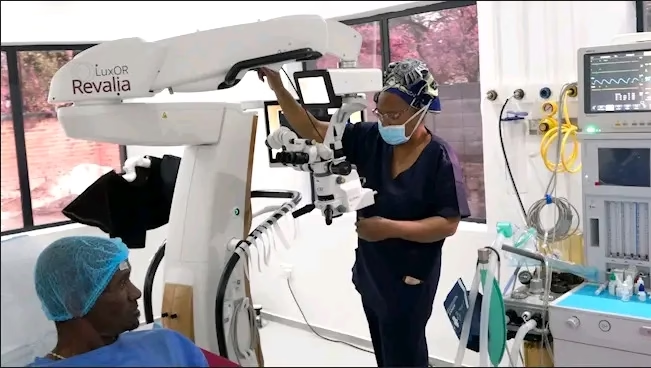
A life-changing health programme is restoring sight to hundreds of Zimbabweans, proving that blindness caused by cataracts need not be a permanent burden.
The Eye Camp Initiative, a partnership between the Eye Institute and Old Mutual Zimbabwe, is expanding its reach to Manicaland from 22 to 25 October and Midlands from 21 to 25 November. The programme targets vulnerable groups, particularly the elderly, with a goal of performing at least 300 free surgeries this year.
According to the World Health Organisation, over 125,000 Zimbabweans are living with blindness, and more than half of these cases are linked to cataracts. Yet, experts agree that most cases are preventable or treatable if timely intervention is made.
Dr Ron Mhizha, Founder and Director of the Eye Institute, described the initiative as a model of collaboration. He explained that while the Institute provides technical expertise and cutting-edge technology, partners like Old Mutual bring resources and reach. “Together with government support, we aim to integrate this programme into primary healthcare and make it ongoing into the foreseeable future. We also hope other corporates will come forward to support this cause,” he said.
Old Mutual’s Corporate Business Executive, Chrispen Dzingirai, said their involvement builds on the success of a 2024 pilot programme. “The journey we began last year has shown us the transformative power of restoring sight. The overwhelming response encouraged us to scale up in 2025, with screenings already conducted in high-density suburbs such as Machipisa, Glenorah and Mabvuku,” he said.
Health and Child Care Minister, Dr Douglas Mombeshora, praised the initiative, saying partnerships like these are vital for inclusivity in healthcare. “It is especially important for the elderly, who make up nearly five percent of our population. This shows that when government and the private sector work together, impact is multiplied,” he said.
As Zimbabwe works to build a more inclusive health system, the Eye Camp Initiative demonstrates how targeted interventions and partnerships can bring sight — and hope — back to communities




